Articles
-
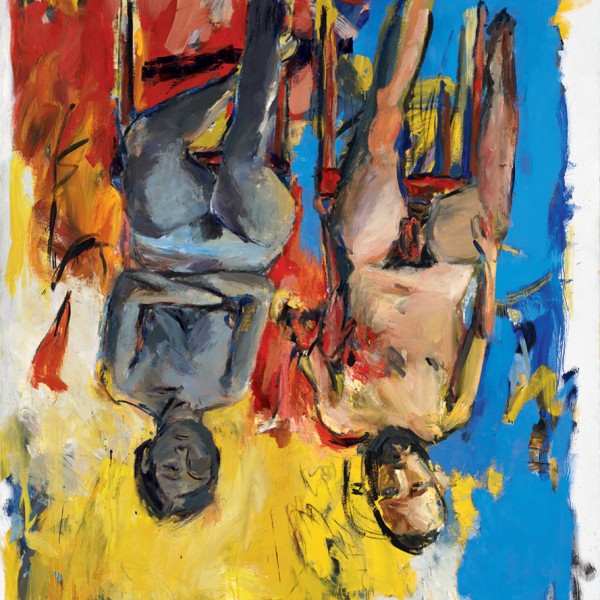
Georg Baselitz
Two years ago the Gallerie dell’Accademia initiated a program—coinciding with each Venice Biennale—of showing modern art in its newly refurbished ground floor spaces. The idea is to examine the influence of traditional techniques on current practices. First came a widely acclaimed Philip Guston show, now Georg Baselitz follows.
-
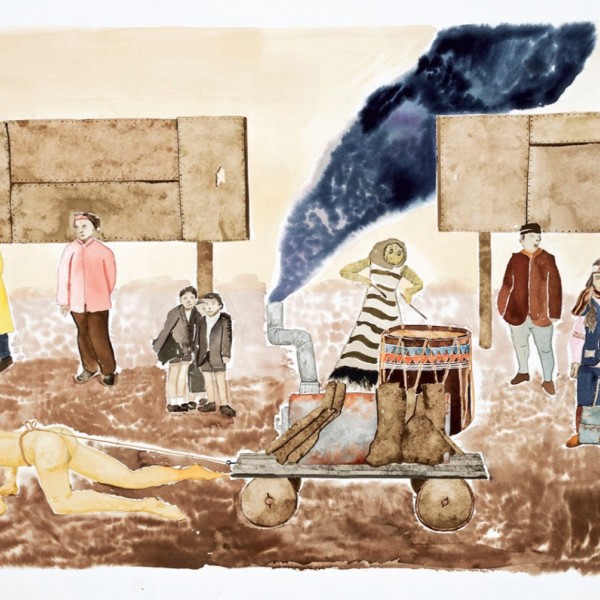
Joseph Tisiga
Joseph Tisiga’s multidisciplinary practice is at once enigmatic and forthright, fantastical and banal. In interviews, he has spoken of giving mythic shape to what might otherwise be too concretely described as the legacy of colonialism—the complex of psychological, social, economic and cultural challenges facing Indigenous people today. He has also said that his work is underlain by a kind of “sublime nothingness” that stems from his experience of Whitehorse, the place he moved to in his youth and where he is still based. “It’s the core of banality, for me,” he told Momus in 2016, “the way it’s been represented by, say, Samuel Beckett.”
-
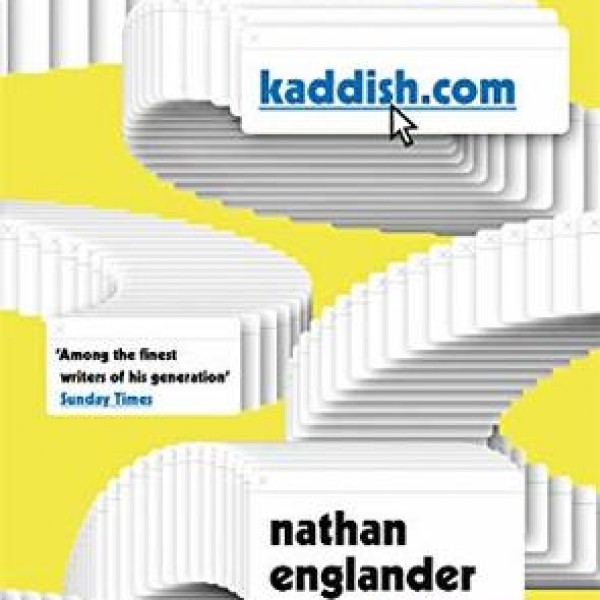
Promise, Nathan Englander
Larry exhibits obsessive-compulsive behaviour. When he was a young man, its manifestations were more prevalent, the urges to follow the inclinations directed by this disorder more compelling. Now he is a mature adult, the expressions of the disorder have receded, are in check. My obsession—of a milder, readerly sort—is with the author of the book kaddish.com, which houses the character Larry. It’s Nathan Englander and it’s this book and the others by the same author.
-

The City of Mything Persons
The fiction connected to a myth is what makes it true. The myth attached to the Winnipeg Film Group (WFG) is that it is a magical place inside a freezing and isolated city that produces eccentric filmmakers and unique films.
-
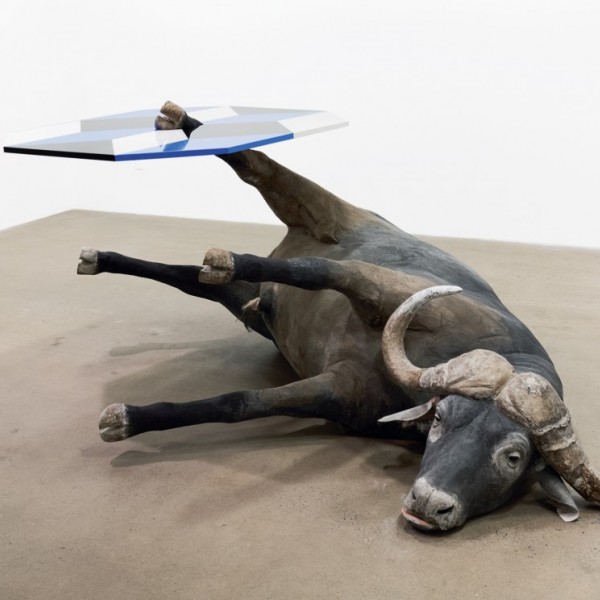
The Touching Art
-

A Streetcar Named Conspire
The Winnipeg General Strike, the events that provoked it and the developments that followed from it have become the source of what Winnipeg artist and filmmaker Noam Gonick calls “my enduring fascination.” The emblem of his ongoing engagement, a 32-foot-long public sculpture of a streetcar, commissioned by the Winnipeg Arts Council, will be unveiled on June 21.
-

A Woman of Many Parts
Caroline Monnet is sitting under a tree in Central Park in New York. It is the day before the artist’s opening of the 79th Whitney Biennial. The Montreal-based artist of Algonquin and French descent will show one video, Mobilize, in the main exhibition, and two more in the film complement of the exhibition that opens in September.
-

Primal Work
Rebecca Belmore is among the most compelling and mesmerizing performance artists working anywhere in contemporary art. But “performance” is too limited and maybe even misleading a term. What she does when she performs is to embody a state of mind. She resists words like “ritual” and “ceremony” to describe her actions. What engages her is the time it takes to work through an idea, and nothing mediates the concentration necessary to achieve that purpose.
-

Projecting the Future
By the time he’d made this incendiary statement, Jonas Mekas was a well-known poet, an established New York filmmaker, curator and creator of an American film culture of the avant-garde. He was an archivist, critic, programmer, distributor and general champion of film as art. His many accomplishments included the founding of Film Culture Magazine, the New York Film-Makers Cooperative and Anthology Film Archives. He coined the term “New American Cinema” to describe the American avant-garde of the 1950s and ’60s, and each appearance of his “Movie Journal” column in the Village Voice was eagerly anticipated by filmmakers, artists, critics and general readers alike.
-
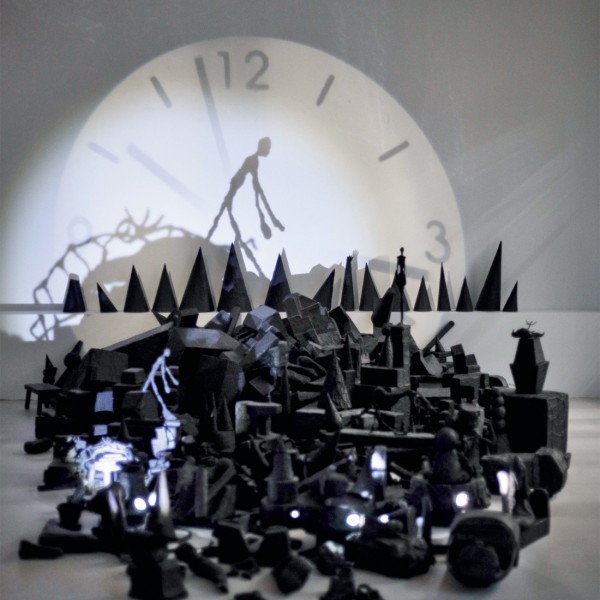
Interior Designs
This past winter Annette Messager was a guest artist at the newly opened Institute Giacometti in Paris. This was the first exhibition in the reconstructed building, and I was surprised by the elegance and intimacy of its interior, which was composed of interlocking rooms. The title of the exhibition, “Nos Chambres” (our bedrooms), and the hint of an erotic slant would be in keeping with the surrealism of the site.
-

The Art of Simultaneity
The Vancouver-based artist Vanessa Brown works in the wonderful world of contradictions and illusions. Like a poet, a jeweller, a stage designer, a couturier, her art centres on the accessories; present in it is a spiritual, feminist tribute to accessories. Her art is there, and not there.
-

Theaster Gates
In this lean, powerful and timely exhibition, the Chicago artist, activist and practising urbanist Theaster Gates draws upon a daunting archive of Black American popular imagery with a decidedly feral and interrogatory eye. The making of cultural meaning and the legacy of Black images are meaningfully interwoven in “The Banner Waves Calmly.” It is the most recent in a continuing litany of similar interventions with, and articulations of, archival materials by Gates. In fact, the works presented in Montreal are integral to a more expansive production on display contemporaneously at the Prada Foundation in Milan.
Haven’t found what you're looking for? Explore our index for material not available online.

